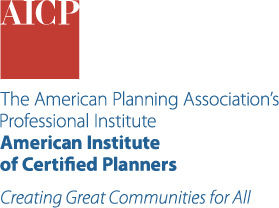Unmanned Aircraft Systems and Planning
PAS QuickNotes 79
By Richard Stephens

The term unmanned/uncrewed aircraft system (UAS) refers to an unmanned/uncrewed aerial vehicle (UAV or “drone”), its remote controller, and (unless fully autonomous) its remote pilot. Because these systems can provide real-time visual or spatial information at a fraction of the cost of crewed aircraft, a growing number of communities are exploring opportunities to integrate drones into their planning activities.
This edition of PAS QuickNotes provides a brief overview of drone technology and regulations and highlights three specific ways communities can use unmanned aircraft to improve planning processes.
Details
About the Author
Richard Stephens
<p>Ric Stephens is currently teaching and researching the nexus of smart eco-cities, advanced air mobility, and artificial intelligence. Mr. Stephens was an urban/aviation planning consultant with over 40 years of experience in 40 countries. His expertise covers aviation planning, community planning, emergency management, and informational technology.</p><p>He provided community planning, project management, land use, and resort planning, with a focus on sustainability, urban resilience, and regeneration. In aviation, he handled airport facility planning, design, master plans, and environmental assessments.</p><p>His design portfolio includes experiential and regenerative design, emphasizing experiential design and smart eco-cities. Urban design, graphic design, and public art also feature in his work.</p><p>Proficient in information and communications technology, Mr. Stephens worked on geospatial analysis, multimedia, and AI, including Unmanned Aircraft Systems and Urban Air Mobility applications.</p><p>Ric is a speaker/panelist in these fields and has published numerous books, project reports, articles, and social media posts.</p>


